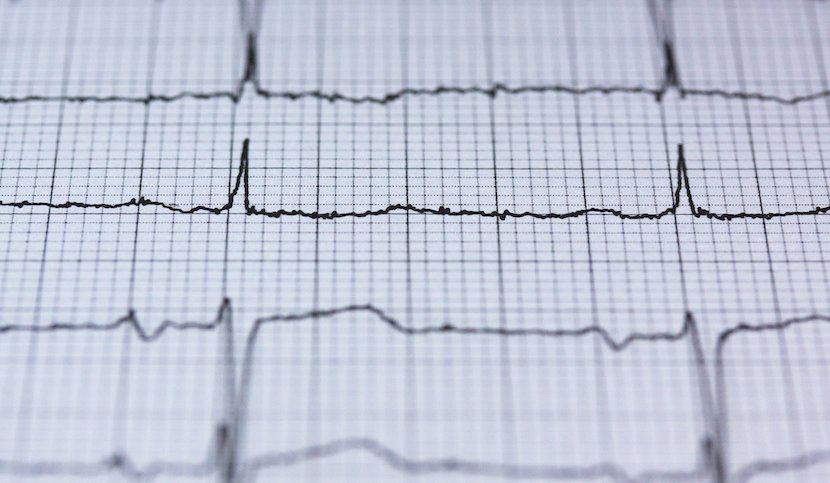When we listen to a story being told, our attention might be reflected in the inter-subject synchronisation of our heart rate. This is shown by a study carried by Pauline Perez (co-first author) from Jacobo Sitt’s group (Inserm) in the “PICNIC – physiological investigation of clinically normal and impaired cognition” team at Paris Brain Institute, which also reports that this synchronisation could constitute a new biomarker of states of consciousness. The results are published in Cell Reports.
Our heart rate fluctuates greatly depending on the information we receive. Physical activity causes it to speed up, but just thinking about it could also change our heartbeat. Meditation, on the other hand, can slow it down. Mental processes could therefore play an important role in our body rhythms. Jacobo Sitt’s group at the Paris Brain Institute sought to understand whether and how awareness of a stimulus could synchronize our body rhythms across individuals (EEG, heart rate, etc.) and in particular cardiac activity, which has the advantage of being easily measured. To do this, they used a new type of stimulus, the narration of a story, audio or audiovisual. They show that when subjects listen to a story, their cardiac activity synchronizes, i.e. it increases and decreases at the same moments.
The study was conducted in collaboration with British and American teams on four groups of subjects. The first group recorded in Birmingham, UK (lead by Damian Cruse) measured only heart timing while listening to a story.
A second group in New York (Lucas Parra – co-senior author – and Jens Madsen – co-first author of the study) tested two conditions: in one they attentively watch educational videos, in the other they watch the same video while doing a simultaneous task (counting backwards in steps of 7) in order to disrupt their attention. In this case, there was a significant difference between subjects who were attentive to the story, who were synchronized in their heart activity, and those who were distracted and did not synchronize.
The third group was evaluated by the Paris Brain Institute team. The stories presented to them were audio only. This was necessary in order to be able to carry out this experiment with patients with impaired consciousness, who are not able to watch a video. He followed a similar test pattern to the New York group. At the end of the story, the subjects were also asked to fill in a questionnaire about the story in question. The results obtained were identical to those of New York. The addition of the questionnaire also allowed the team to show that the subjects’ levels of synchronization with the group were predictive of their ability to memorise the story. Thus, subjects with very high levels of synchronization remembered the story much better than subjects with low levels of heart synchronization.
Finally, the last group consisted of subjects with impaired consciousness. The researchers show that the synchronization levels between patients and healthy subjects are still very low. However, some patients showed a higher synchronization with the healthy subjects. This was associated with a better recovery of consciousness.
“While we don’t know for sure if these patients are fully conscious, they can react in the same way as healthy subjects. This response appears to be predictive of recovery of consciousness. This result suggests a new approach to assessing consciousness, easy to implement in the clinic and complementary to other methods of measuring consciousness” explains Jacobo SITT (Inserm)







